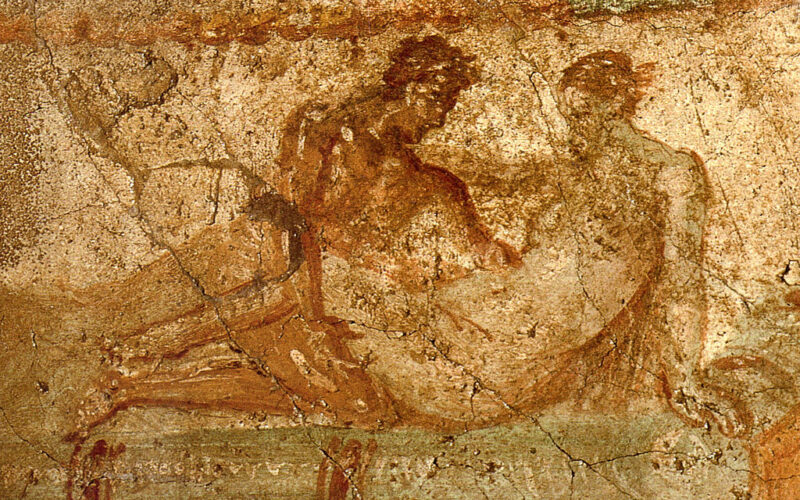Understanding social and everyday life in Ancient Rome calls for an in-depth exploration of multiple facets of society, including aspects of sexuality and the role of brothels. These establishments, spaces devoted to prostitution, were notably present and widespread throughout the Roman Empire, evidencing a reality as intricate as it is captivating.
The Roman brothel, or lupanar, was a location intended for the practice of prostitution. This activity was legal, taxed, and regulated by precise rules. Slaves, both male and female, were often compelled into prostitution—a practice that may seem shocking today but was considered normal and acceptable in ancient Rome.
In that era, sexuality was perceived very differently than it is in modern times. The notions of sexual perversion or deviance we find in contemporary societies were absent. Slaves, regardless of gender, could be used for sexual purposes by their masters. Age was not a discriminating factor, and there were none of the modern regulations that protect minors. This prompts reflection on the relative nature of sexual taboos, which vary considerably depending on historical and cultural context.
Brothels were often identified by phallic symbols carved into stones or painted on walls. These venues were frequented by a broad spectrum of Roman society. Clients could be low-ranking citizens, freed slaves, or even members of the social elite.
Philosophical reflections of the time on prostitution and sex are particularly intriguing. Many philosophers, such as Seneca, were critical of excessive sexual indulgence and the loss of self-control. However, it was generally accepted that both men and women needed to satisfy their sexual needs, and prostitution was viewed as a way to do so without disrupting the Roman family order.
Writings by Pliny the Elder, for instance, reveal a certain tolerance toward prostitution. According to Pliny, what mattered was maintaining moderation, even in these matters. Ovid, in a lighter vein, offers advice on courting a prostitute in his “Ars Amatoria.”
In conclusion, examining brothels and prostitution in Ancient Rome provides an enlightening perspective on the society of the time. Cultural norms and expectations concerning sexuality were significantly different from our own, a circumstance that invites us to scrutinize our own beliefs and preconceptions about sexuality, gender, and human rights carefully.













Asking questions are in fact pleasant thing if you
are not understanding anything fully, except this post presents pleasant understanding yet.